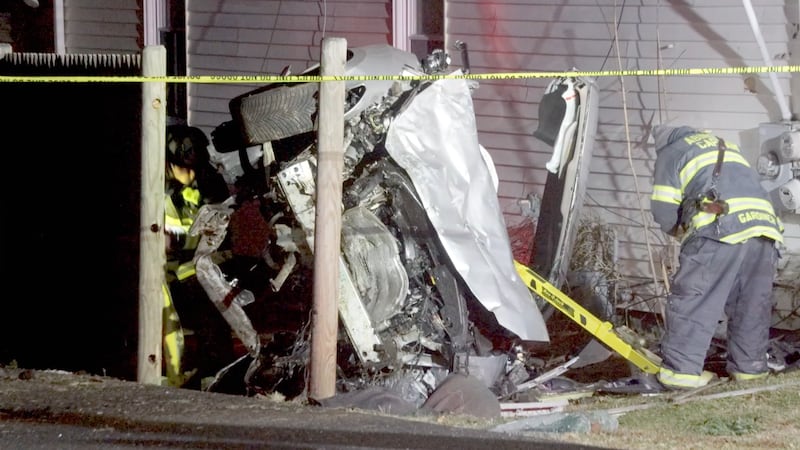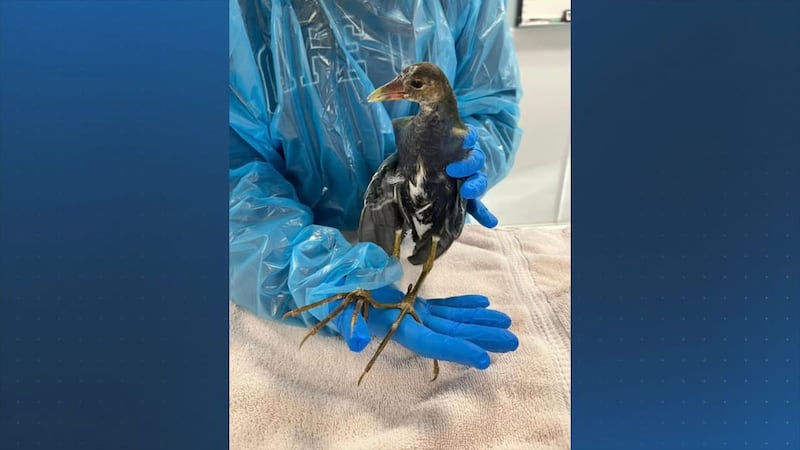BOSTON — Laboratory studies suggested it could happen. But now, for the first time, researchers have uncovered evidence that Covid-19 readily infects the most abundant species of deer in North America -- and that those deer subsequently infect each other.
The infected white-tailed deer were found in six clusters in Northeast Ohio last winter. Of the 360 nasal swabs examined, 129 came back positive (about 36 percent) for the same variants of Covid-19 predominantly infecting humans in the area at the same time.
“Not only did we detect the presence of the virus with (the) PCR (test), but we were actually able to grow viable virus from the samples,” said Andrew Bowman, DVM, Ph.D., associate professor of Veterinary Medicine at The Ohio State University in Columbus, OH. “So (this is) potential establishment of SARS-CoV-2 in a wildlife reservoir which would change the game for all of the future of SARS-CoV-2.”
The reason the findings might change the Covid game:
In this and other studies, deer showed no clinical signs of illness from Covid infection. That makes the animals not only potential vectors -- but also veritable breweries for variants.
“If we have a wildlife reservoir that’s able to maintain the virus then we have to consider the virus evolution that might occur within that host,” Bowman told Boston 25 News. “And whether new mutants, new variants that arise in the deer might potentially spill back into humans at some point in time.”
What’s less clear -- and what requires further study -- is whether the virus is viable, long-term, in deer -- something that would impact deer-to-human transmission -- a phenomenon not seen in this study.
Bowman’s group did see Covid mutations arise in the deer. But they were in line with mutations seen in humans.
“So it’s a little difficult to say whether the mutations we observed from viruses we recovered from the deer were an adaptation of the deer host or that mutation was present when it spilled over from people into the deer population,” Bowman said.
And that highlights a key point of the research, which appears in the journal Nature: The authors say the deer picked up their infections from humans.
How did that happen?
“That’s really the multimillion-dollar question at this point,” Bowman said. “Whether it was through drinking contaminated water, rummaging in trash, even hand-feeding of deer. Any of those possibilities are out there.”
While there may be no solid evidence deer can pass Covid along to humans yet, Bowman said those who come in close contact with the animals -- such as hunters -- might consider precautions, if contracting Covid would put them at high risk of serious illness.
“I think you’d have to treat it as though you were coming in contact with a potentially SARS-CoV-2 infected person,” Bowman said. “If you’re at higher risk for complications or have increased risk of infection, I think wearing personal protective equipment including a face mask, gloves, face shield would certainly be warranted -- knowing that those animals can be infected and they are replicating viable virus.”
©2022 Cox Media Group






